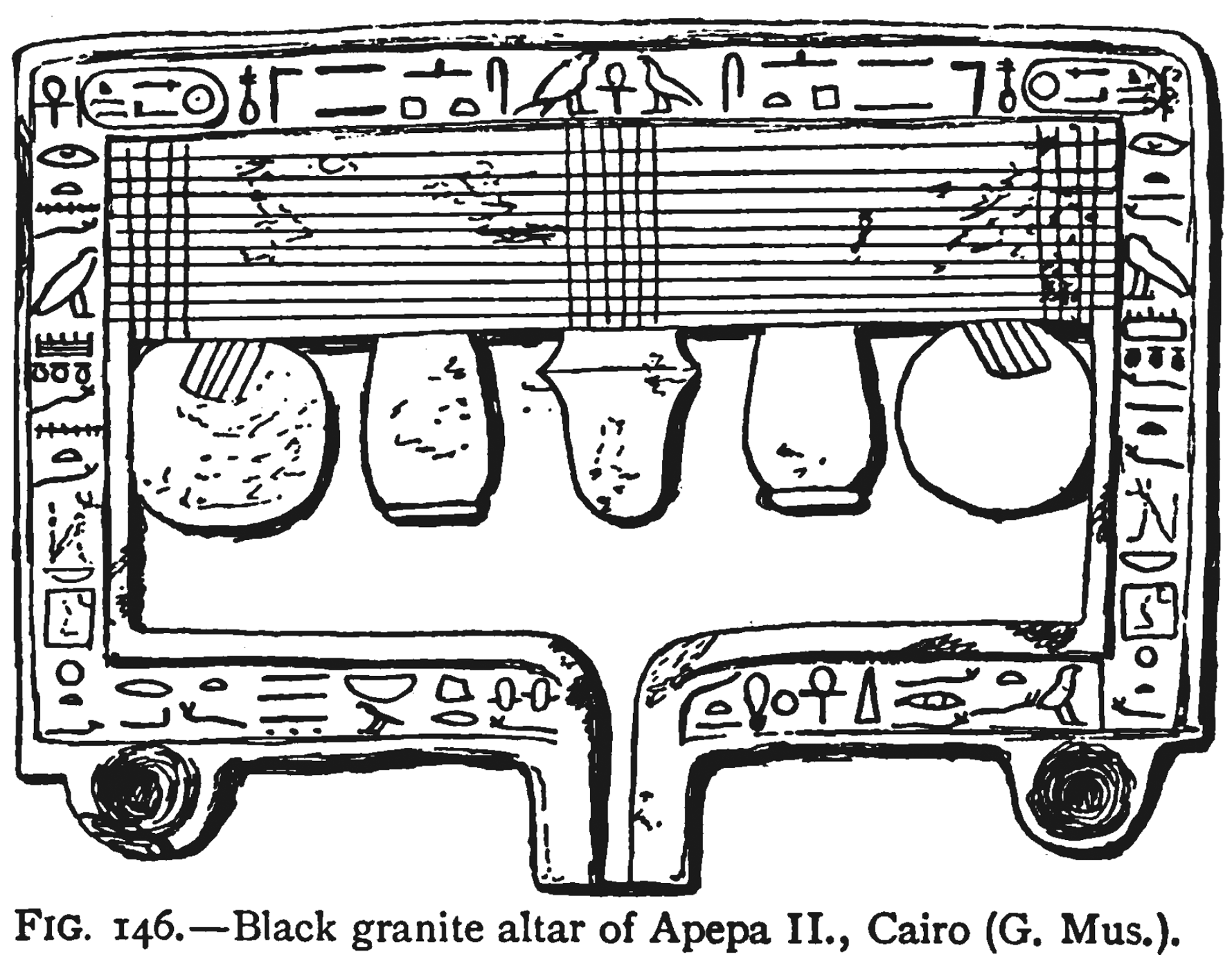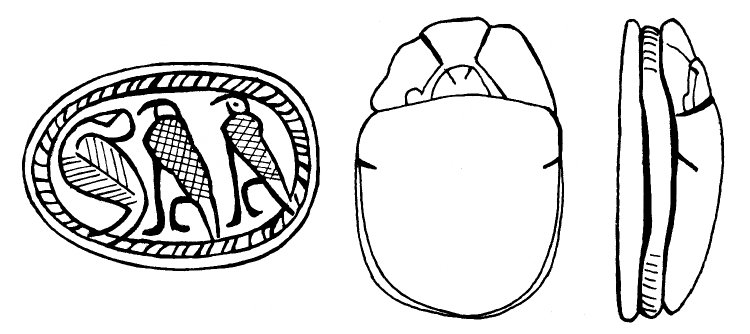
|
The Second Intermediate Period refers to the second period, (between the Twelfth and Eighteenth Dynasties, ca. 1800-1550 BCE), ancient Egypt fell into disarray, this time after Queen Sobekneferu (1806 BC – 1802 BC) died, leaving no heirs. The Hyksos came into power soon afterwards. The name “Hyksos” derives, via Greek, from the Egyptian epithet hekau khasut, ‘rulers of foreign (lit. mountainous) countries’ and was applied only to the rulers of the Asiatics. In itself it held no pejorative meaning.”1 The Hyksos' capital was Avaris (modern day Tell el Dab'a). “Aamu was the contemporary term used to distinguish the people of Avaris from Egyptians. It was used long before the Second Intermediate period and was still in use long after (Rameses II, for instance, uses it of his opponents at Kadesh) in order to denote, in a general sense, the inhabitants of Syria-Palestine. Egyptologists conventionally translate aamu as ‘Asiatics’ (that is, inhabitants of Western Asia).”2 Set was the “local god of Avaris, just as Amun was the patron deity of Thebes. Seth's cult may have evolved from a blending of a pre-existing cult at Heliopolis with a cult of the North Syrian weather-god Baal Zephon, which was introduced by the Asiatics.”3 Set had been the local god before the Hyksos took control of Avaris. By the Fifteenth dynasty, they ruled Lower Egypt as well. The 15th Dynasty king Apepi (aka Apepa or Apophis) is considered their strongest ruler. Apepi went by three different prenomens: Awoserre, Aqenenre and Nebkhepeshre. Thus it was that earlier scholars thought there were two different rulers named Apepi. W.M.F. Petrie refers to him as ‘Apepa II’ and writes, “The statues of Mer-meshau, at Tanis, have down the right shoulder of each a line of added inscription”, referring to Apepi as ‘son of Ra’, “beloved of Set”.4 Furthermore, “In Cairo a fine and perfect altar of black granite (Fig. 146) was found, dedicated to Set of Hauar, or Avaris, by this king; it probably came from Memphis or Heliopolis (M.D. 38). Now in Ghizeh Museum.” 5 We can see the ‘neb’ glyph (for ‘Lord’) underneath Set animals on the left and right sides of this offering table, (pictured above).
The Sallier I Papyrus reports:
1. Gae Callender, “The Middle Kingdom,” The Oxford History of Ancient Egypt, ed.Ian Shaw, (Oxford University Press 2002), 174.
|
 Glazed steatite scarab Found/Acquired at Gezer (Asia,Levant,Israel,Gezer) Period/Culture: Hyksos AN350528001 © The Trustees of the British Museum "White glazed steatite scarab: engraved on the base. Within a rope border two falcons face a uraeus. The falcons represent "the two lords", Horus and Seth, in the early form of royal protocol rather than the later title "the two ladies", i.e., " King of Upper and Lower Egypt". There is a hole pierced through longitudinally. Cracked." |


